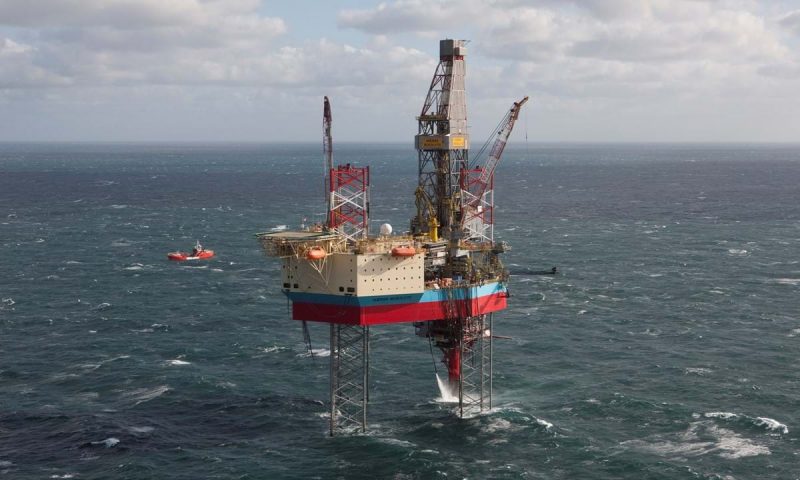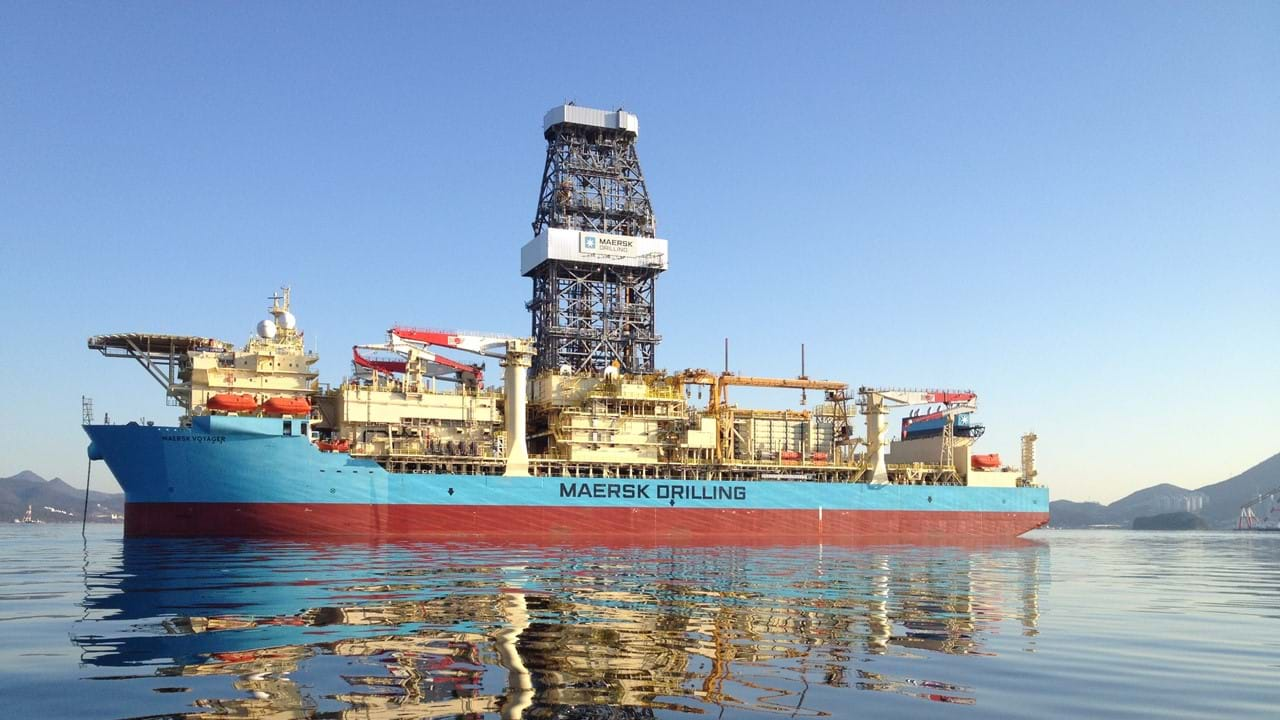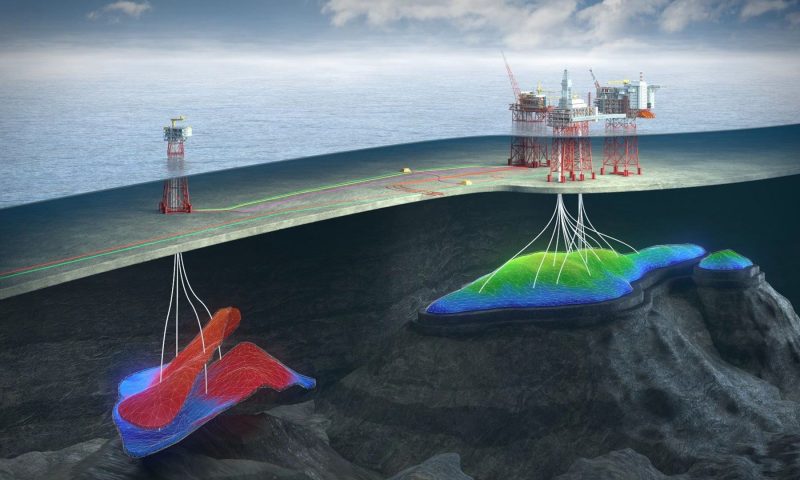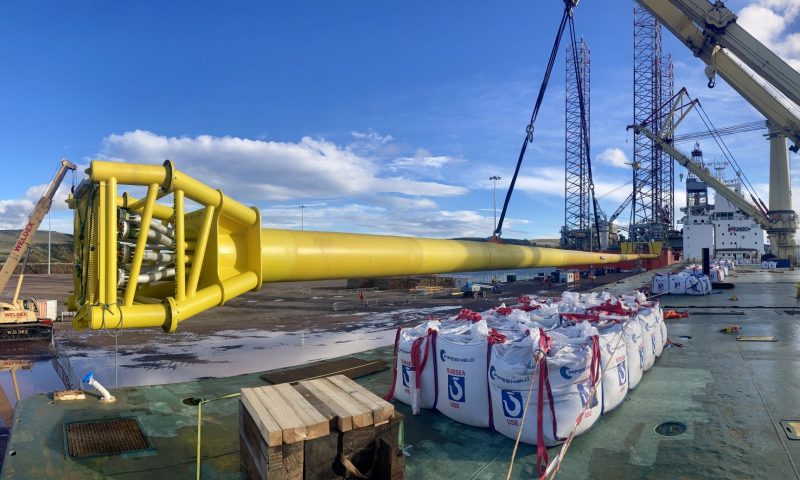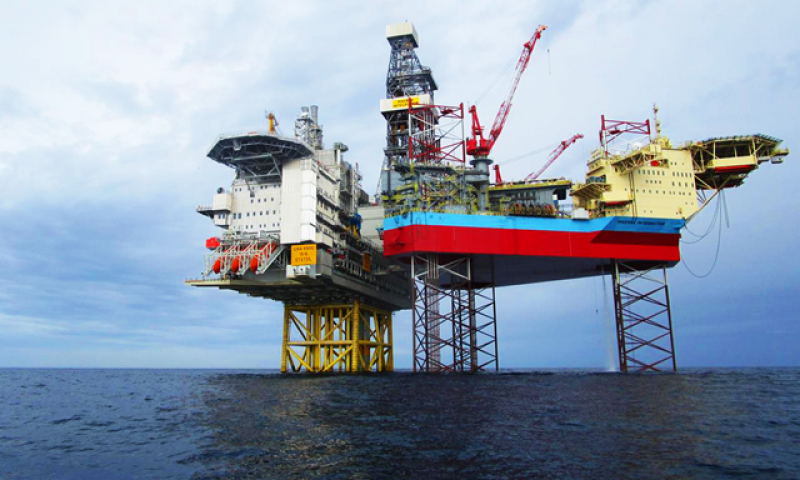
Maersk Drilling Secured Two-Well Contract Extensions Aker BP
Maersk Drilling has secured a two-well contract extension from Aker BP for the ultra-harsh environment, low-emission jack-up rig Maersk Integrator. In direct continuation of the rig’s current workscope, Maersk Integrator will move to the Ivar Aasen field offshore Norway to drill two wells, with work expected to commence in October 2020. The extension has an estimated duration of 93 days and a contract value of approximately USD 25.5m, excluding a potential performance bonus. The contract includes an additional one-well option.

Maersk Integrator is contracted under the terms of the alliance agreement Maersk Drilling entered into with Aker BP and Halliburton in 2017. The tripartite alliance uses a shared incentives model, thereby securing mutual commitment to collaborate to reduce waste and deliver value. Contracts under the alliance are based on market-rate terms but add the possibility of an upside for all parties, based on actual delivery and performance.
“We are thrilled to be able to firm up activities for Maersk Integrator in 2020 by continuing to work closely together with Aker BP in an alliance which is enabling new ways of working across the value chain. The alliance is enhancing efficiency through increased coordination and involvement, and we are starting to see the first tangible results of this. Higher efficiency in itself reduces the CO2 emissions associated with a drilling campaign, and this is further improved by the low-emission upgrades Maersk Integrator will receive before it begins working at Ivar Aasen,” says COO Morten Kelstrup of Maersk Drilling.
Maersk Integrator is an ultra-harsh environment CJ70 XLE jack-up, designed for year-round operations in the North Sea. It was delivered in 2015 and is currently operating offshore Norway for Aker BP. The rig is expected to perform its scheduled Special Periodic Survey in August 2020 and will undergo a series of upgrades to turn it into a hybrid, low-emission rig prior to moving to the Tambar field in September 2020.




